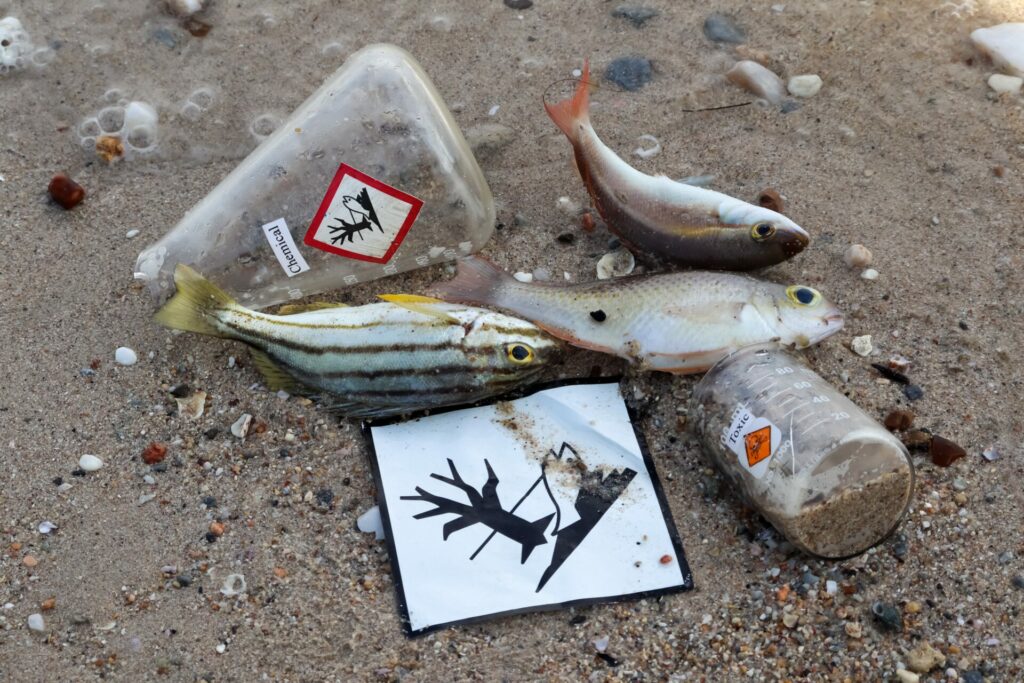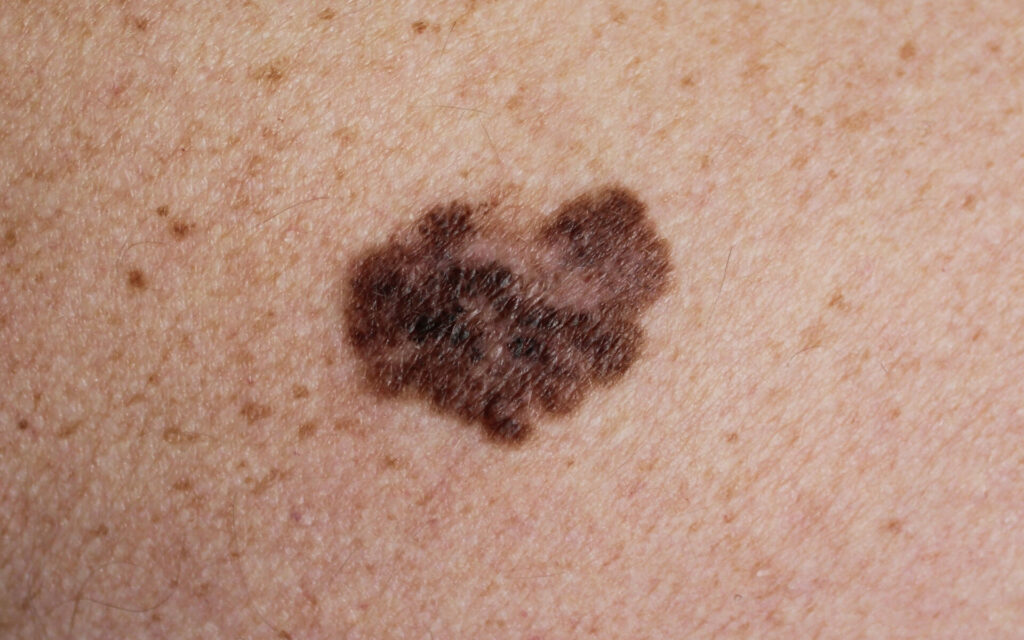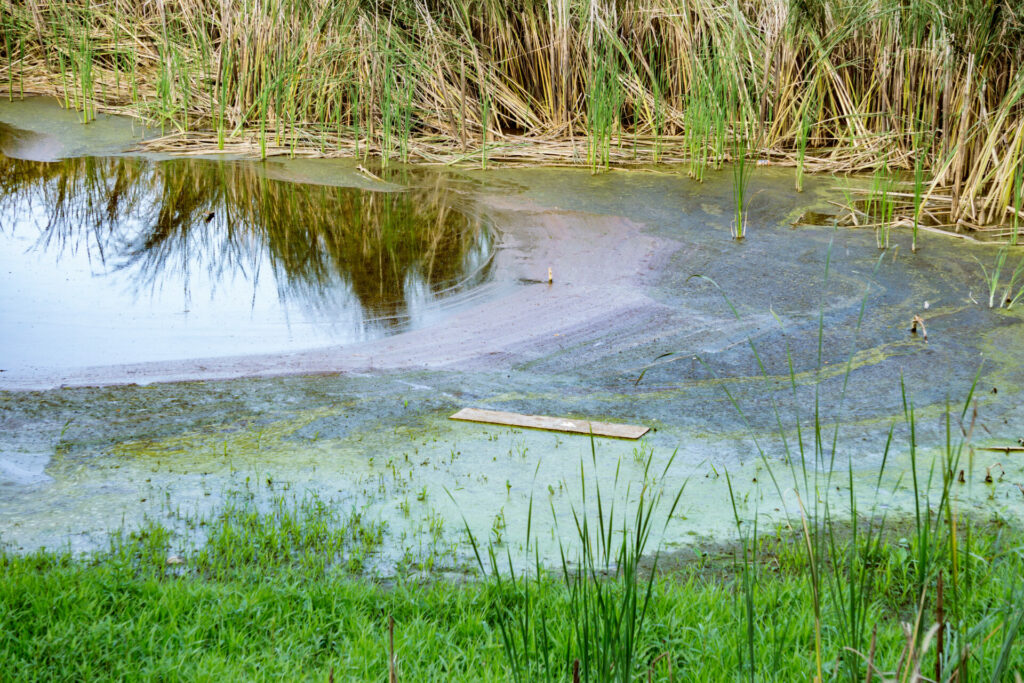While many people believe that eating fresh fish is part of a healthy diet it has been linked to an increased risk of developing melanoma, the deadliest form of skin cancer, a study has claimed.
Researchers behind a 15-year study at Brown University in Rhode Island, USA, discovered that eating tuna and other non-fried fish more than twice a week – the amount generally recommended by nutritionists – is associated with a greater risk of malignant melanoma.
So people eating the highest amount of fish per day – on average 42 grams, the equivalent of a third of a can of tuna – had a 22 per cent higher risk of developing malignant melanoma compared to those with the lowest average daily intake of just 3.2 grams – a quarter of a scampi a day for example, the study said.
The authors of the report published in the Cancer Causes and Control journal, suspect the link is down to contaminates, or toxins, such as mercury in the fish.
‘This study is important because it’s very large and it’s prospective by design, meaning that fish intake was assessed before the development of cancer,’ said author Eunyoung Cho, an associate professor of dermatology and epidemiology at Brown University. ‘Although fish intake has increased in the U.S. and Europe in recent decades, the results of previous studies investigating associations between fish intake and melanoma risk have been inconsistent – our findings have identified an association that requires further investigation.’

‘We speculate that our findings could possibly be attributed to contaminants in fish, such as polychlorinated biphenyls, dioxins, arsenic, and mercury,’ said associate professor Cho. ‘Previous research has found that higher fish intake is associated with higher levels of these contaminants within the body and has identified associations between these contaminants and a higher risk of skin cancer.
‘Mercury consumption in the U.S. is mostly from fish. So, if mercury is related to skin cancer, then it stands to reason that fish intake may be related, too.’
The findings were based on a study of 490,000 US adults who took part in the National Cancer Institute’s study between 1995 and 1996.
Those in the study were aged 62 on average and reported how often they ate fried fish, non-fried fish, and tuna as well as their portion sizes (an average serving of fish is 85gms but can vary). Researchers then calculated the frequency of new melanoma cases that developed over 15 years.
They considered factors that could influence the results, such as people’s weight, whether they smoked or drank, diet, family history of cancer and average ultraviolet radiation levels in their local area, in order to take account of exposure to the sun – a known risk factor for skin cancer.
Overall, one per cent developed malignant melanoma during the study period and 0.7 per cent developed stage 0 melanoma where pre-cancerous cells are present in the top layer of the skin.

A breakdown of the results showed that total fresh fish intake was linked to higher risks. Researchers found no link between fried fish consumption and the risk of either types of melanoma. However, even people who ate the most fried fish had, on average, only 7.1 grams per day.
Although melanoma accounts for only a small fraction of skin cancers, it causes the vast majority of skin cancer deaths, according to the American Cancer Society.
Chemicals in our Waterways
While the report accepts that further studies are needed to investigate its findings, marine pollution from chemicals and garbage is a burgeoning problem in today’s society.
Fish absorb contaminants from the water, sediments, and the food that they eat including polychlorinated biphenyls – highly carcinogenic chemical compounds formerly used in industrial and consumer products; polybrominated diphenyl ethers – used as fire retardant materials in upholstery foam and plastics and components used in electrical equipment – and chlorinated pesticides used in 96 per cent of all crop protection chemicals
These enter the water via leakages from dumping sites, or via surface water run-off where rivers have been exposed to industrial waste. They don’t dissolve easily and instead stick to particles and settle at the bottom of the water.

When fish absorb these chemicals, they become part of their tissue and migrate their way up the food chain, eventually becoming part of the food that humans eat.
But the authors insist further research is needed to investigate the components of fish — especially the contaminants — that could contribute to the observed association between fish intake and melanoma risk, as well as to understand the underlying biological mechanisms of this association.
They are not recommending any changes to fish consumption at present.
The Study in Numbers:
During the study period, 5,034 participants (1%) developed malignant melanoma and 3,284 (0.7%) developed stage 0 melanoma. The researchers found that higher intake of non-fried fish and tuna was associated with increased risks of malignant melanoma and stage 0 melanoma:
- Compared to those whose median daily tuna intake was 0.3 grams (.01 ounces), those whose median daily tuna intake was 14.2 grams (0.5 ounces) had a 20% higher risk of malignant melanoma and a 17% higher risk of stage 0 melanoma.
- Compared to a median intake of 0.3 grams of non-fried fish per day, a median intake of 17.8 grams (0.62 ounces) of non-fried fish per day was associated with an 18% higher risk of malignant melanoma and a 25% higher risk of stage 0 melanoma.
- The researchers did not identify significant associations between consumption of fried fish and the risk of malignant melanoma or stage 0 melanoma.













